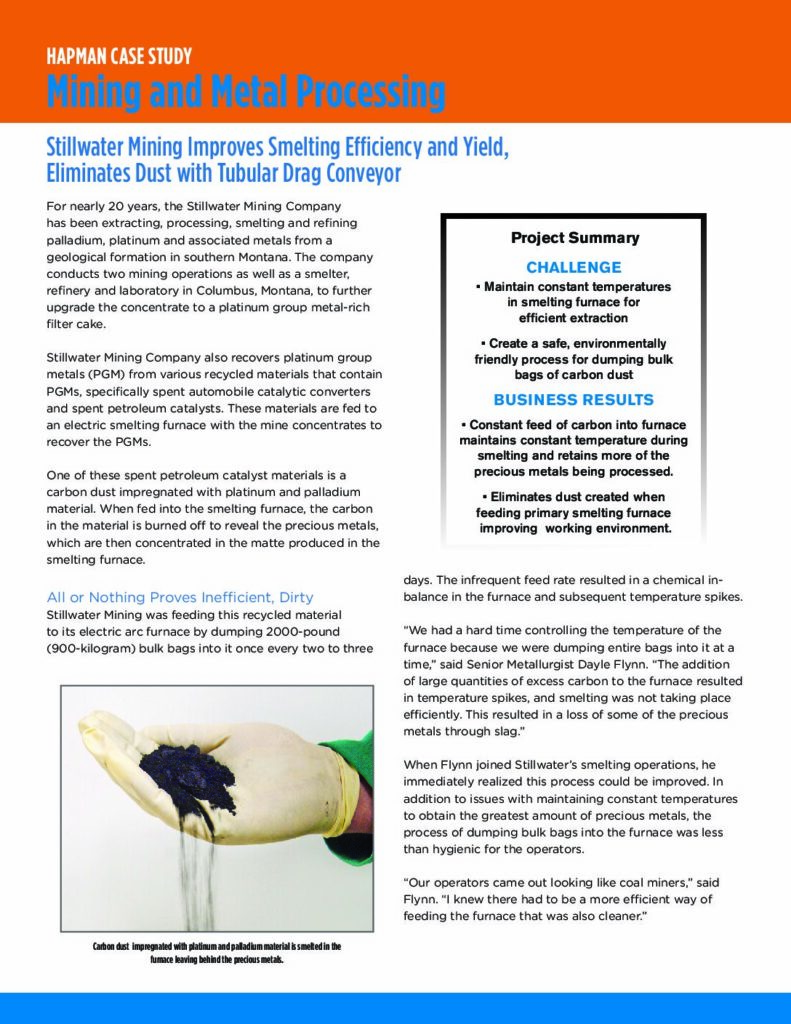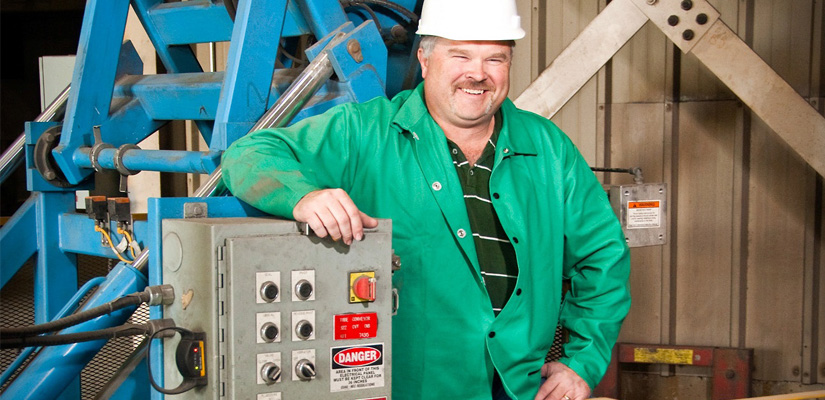
CHALLENGE
Stillwater Mining was challenged with maintaining constant temperatures in a smelting furnace to ensure efficient extraction. Also, to create a safe, environmentally friendly process for dumping bulk bags of carbon dust.
CUSTOMER
Stillwater Mining Company
INDUSTRY
Mining & Processing of Palladium, Platinum and Associated Metals
BUSINESS BENEFITS REALIZED
Constant feed of carbon into furnace maintains constant temperature during smelting and retains more of the precious metals being processed.
Eliminates dust created when feeding primary smelting furnace improving working environment.
For nearly 20 years, the Stillwater Mining Company has been extracting, processing, smelting and refining palladium, platinum and associated metals from a geological formation in southern Montana. The company conducts two mining operations as well as a smelter, refinery and laboratory in Columbus, Montana, to further upgrade the concentrate to a platinum group metal-rich filter cake.
Stillwater Mining Company also recovers platinum group metals (PGM) from various recycled materials that contain PGMs, specifically spent automobile catalytic converters and spent petroleum catalysts. These materials are fed to an electric smelting furnace with the mine concentrates to recover the PGMs.
One of these spent petroleum catalyst materials is a carbon dust impregnated with platinum and palladium material. When fed into the smelting furnace, the carbon in the material is burned off to reveal the precious metals, which are then concentrated in the matte produced in the smelting furnace.
ALL OR NOTHING PROVES INEFFICIENT, DIRTY
Stillwater Mining was feeding this recycled material to its electric arc furnace by dumping 2000-pound (900-kilogram) bulk bags into it once every two to three days. The infrequent feed rate resulted in a chemical in-balance in the furnace and subsequent temperature spikes.
“We had a hard time controlling the temperature of the furnace because we were dumping entire bags into it at a time,” said Senior Metallurgist Dayle Flynn. “The addition of large quantities of excess carbon to the furnace resulted in temperature spikes, and smelting was not taking place efficiently. This resulted in a loss of some of the precious metals through slag.”
When Flynn joined Stillwater’s smelting operations, he immediately realized this process could be improved. In addition to issues with maintaining constant temperatures to obtain the greatest amount of precious metals, the process of dumping bulk bags into the furnace was less than hygienic for the operators.
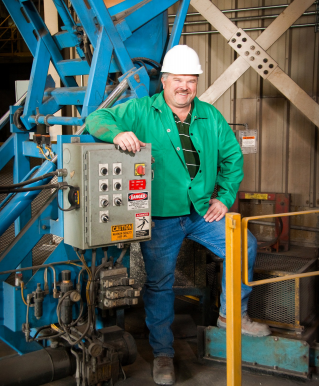 “Our operators came out looking like coal miners,” said Flynn. “I knew there had to be a more efficient way of feeding the furnace that was also cleaner.”
“Our operators came out looking like coal miners,” said Flynn. “I knew there had to be a more efficient way of feeding the furnace that was also cleaner.”
Flynn began researching alternative methods that could slowly feed the furnace while operating within a fully enclosed system. But not just any solution would work. The spent catalyst materials can be very abrasive and area around the furnace was very congested with piping and structural steel.
His quest led him to Hapman’s tubular drag conveyor and PosiPortion™ feeder.
“Hapman’s solutions met our unique requirements,” noted Flynn. “They helped integrate a complete fully-enclosed, dust-tight system that provided a consistent feed to the furnace. They even fabricated an air lock I designed to prevent material from surging back in the process and worked with another supplier to incorporate a drum dumper.”
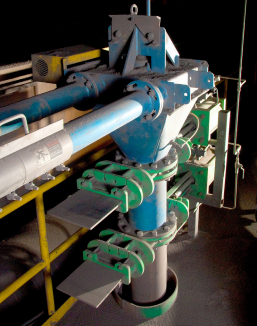 EVEN TEMPERATURES PREVAIL
EVEN TEMPERATURES PREVAIL
When installed, the 60-foot (18-meter) tubular drag conveyor, PosiPortion feeder and other components were successful at producing a metered feed into the smelting furnace without dust.
“Immediately after running the tubular drag conveyor and feeder we couldn’t believe we ever worked with the other process,” said Flynn. “We went from a dusty, dirty operation to a very clean, simple operation. The furnace temperature doesn’t fluctuate with the consistent feed, and we are able to retain more of the precious metals.”
BACK TO THE FUTURE
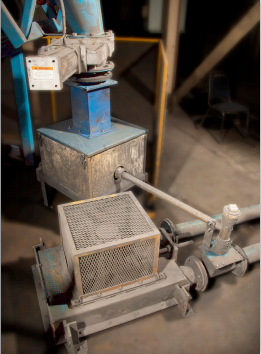 Six months after the system was installed, Stillwater Mining began an expansion of its plant with a second smelting furnace. The expansion required moving the tubular drag conveyor and reverting back to the former process of feeding the furnace.
Six months after the system was installed, Stillwater Mining began an expansion of its plant with a second smelting furnace. The expansion required moving the tubular drag conveyor and reverting back to the former process of feeding the furnace.
“Unfortunately, the expansion required us to dismantle the conveyor and feeder solution and store it for about a year before relocating it to feed the furnace in a different location,” said Flynn. “People weren’t happy when we went back to the old process.”
Luckily, the expansion was on-time and the tubular drag conveyor, PosiPortion feeder and other system components were reinstalled with a few adjustments to accommodate the new conveyor path. Currently, the system runs 24/7 two to three weeks out of each month, depending on the supply of petroleum catalyst materials from suppliers.
ADDITIONAL ENHANCEMENTS UNDER WAY
Stillwater Mining has been so pleased with the reliable, dust-free performance of the tubular drag conveyor and PosiPortion feeder, it has purchased a second tubular drag system for a new process that will further enhance efficiencies related to recycling spent autocatalyst materials.
